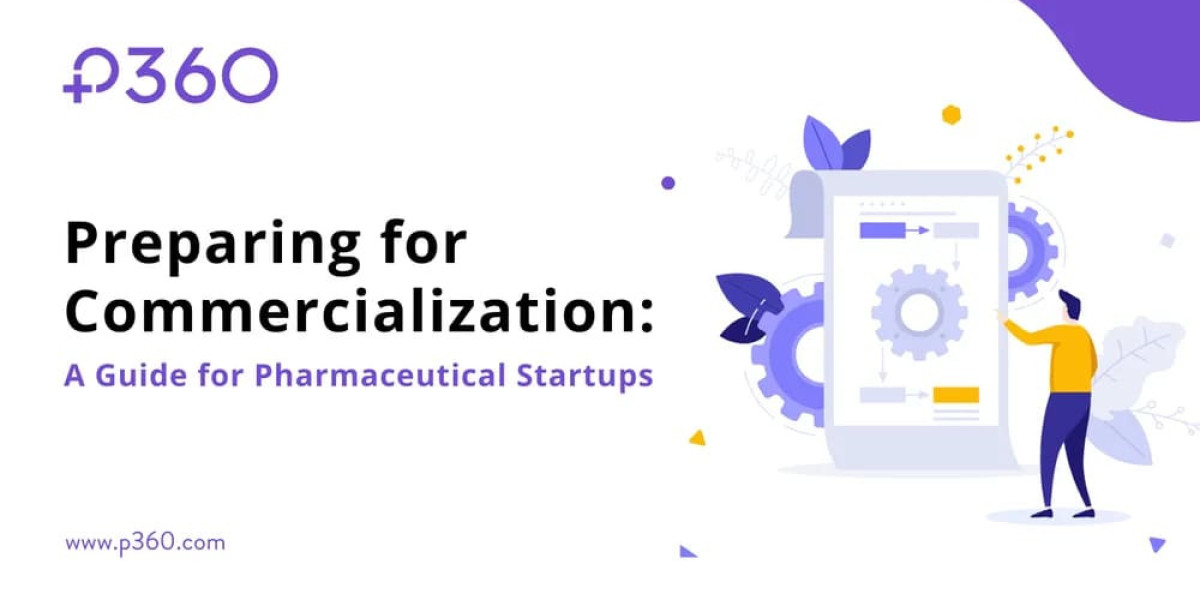Making the complex journey from groundbreaking pharmaceutical discovery to market introduction is no easy task. For startups in particular, the journey can be fraught with challenges, ranging from limited capital to stringent regulatory requirements and intense market conditions. There’s a lot that can happen between phase zero and launch, and that’s why having a solid pharmaceutical commercialization process is so important. It’s the playbook that shows investors and other stakeholders how your novel discovery can become a viable product that will make a real impact on patient lives.
Understanding the Pharmaceutical Commercialization Process
Simply stated, the pharmaceutical commercialization process is the pathway through which a new drug, biological product, or device moves from the bench to the bedside. It marks the transition from rigorous scientific research to strategic business operations. For businesses in the pharmaceutical industry, successful commercialization is not just about achieving FDA approval; it’s about ensuring the new product achieves commercial viability. This involves navigating multiple stages, each playing a crucial role in determining the product’s ultimate success.
Key Steps in the Pharma Commercialization Process
Discovery and Preclinical Research
The pharmaceutical commercialization process begins in the laboratory with the discovery of a novel therapeutic or diagnostic compound. Preclinical research involves extensive laboratory and animal studies to assess the compound’s efficacy and safety. This stage is critical for establishing a solid scientific foundation for the drug. Pharmaceutical startups must generate sufficient data to support a drug’s potential safety and efficacy, setting the stage for human testing.
Regulatory Approval
Before initiating clinical trials in humans, a pharmaceutical company must submit an Investigational New Drug (IND) application to the FDA. The IND application includes information on the drug's composition, manufacturing process, and plans for human clinical trials. Clinical trials are conducted in three phases to evaluate the drug's safety, efficacy, and optimal dosage in humans. Upon successful completion of clinical trials, the pharmaceutical company submits a New Drug Application (NDA) to the FDA for review, formally requesting FDA approval to market the new drug.
Production Scaling
Once regulatory approval is secured, the next step in the pharma commercialization process is to scale up production. This involves transitioning from small-scale laboratory production to large-scale manufacturing. Pharmaceutical startups without manufacturing capabilities should consider partnering with an established contract development and manufacturing organization (CDMO) to leverage their expertise and infrastructure.
Marketing and Distribution
With production underway, the focus shifts to marketing and distribution. The goal is to create awareness and demand for your product while ensuring it reaches the intended customers efficiently. Conducting thorough market research will help identify target demographics, market opportunities, and competitive threats, informing the development of a comprehensive marketing strategy.
Financial Planning
Effective financial planning is crucial for the successful commercialization of pharmaceutical products. Startups often face significant financial challenges, including securing funding and managing cash flow. Exploring various funding options, including venture capital, grants, and strategic partnerships, is essential.
Building a Strong Team
The pharmaceutical commercialization process requires a diverse set of skills and expertise. Pharmaceutical startups should start hiring for key roles as soon as possible, including regulatory experts, manufacturing specialists, marketing professionals, and financial analysts.
Leveraging Innovative New Technologies
Leveraging the right technologies can streamline the pharmaceutical commercialization process, reduce costs, and accelerate time to market. For example, AI and ML are revolutionizing drug discovery and development, enhancing clinical trials, and providing actionable insights through advanced data analytics.
Case Studies: Success Stories
Moderna: Moderna's pioneering work in mRNA technology and strategic partnerships, such as with the National Institute of Allergy and Infectious Diseases (NIAID), expedited the development and distribution of its COVID-19 vaccine.
BioNTech: BioNTech's partnership with Pfizer combined innovative research with robust manufacturing and distribution capabilities, accelerating the market introduction of their mRNA COVID-19 vaccine.
Final Thoughts
Pharmaceutical startups must understand that the pharma commercialization process is a multifaceted pathway that goes beyond scientific discovery. It requires meticulous planning, strategic execution, and collaboration across various functions. By focusing on each stage of the pharmaceutical commercialization process and leveraging available resources, startups can transform groundbreaking discoveries into impactful, market-ready products. Are you ready to take your pharmaceutical discovery to the next level? Connect with us today to see how Swittons, ZING, and BirdzAI can significantly enhance your ability to bring your products to market successfully. The commercialization of pharmaceutical products is challenging but essential for making a real impact on patient lives.








